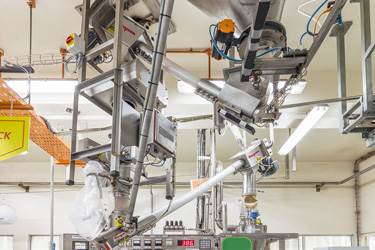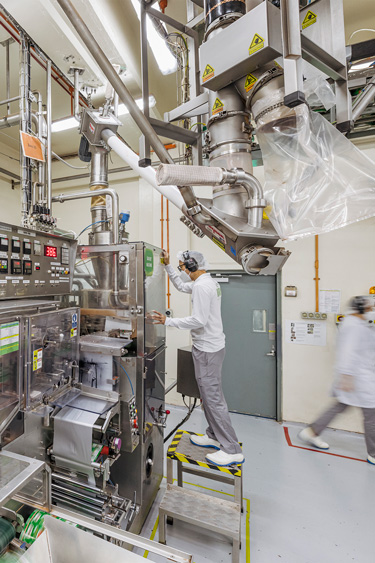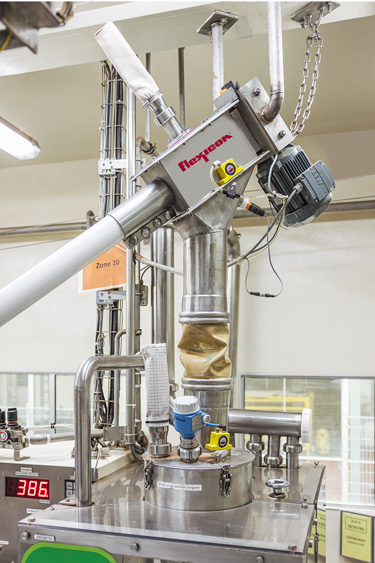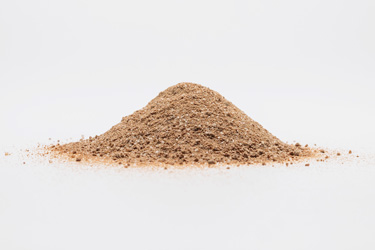 Click to enlarge
Click to enlargeThe upper flexible screw conveyor regulates the flow of MILO drink mix powder to a metal detector, improving detection accuracy, while reducing downtime and material waste. The lower flexible screw conveyor moves contaminant-free powder to the sachet filler.
 Click to enlarge
Click to enlargeContaminant-free powder gravity feeds from the raised metal detector (top right) and is transported by the flexible screw conveyor to the sachet filler.
 Click to enlarge
Click to enlargeThe conveyor screw is driven beyond the point of material discharge, preventing MILO drink mix powder from contacting seals or bearings.
 Click to enlarge
Click to enlargeNestlé Singapore packages 720 kg/hour (1587 lb/hour) of healthful MILO drink mix powder.


 Click to enlarge
Click to enlarge Click to enlarge
Click to enlarge Click to enlarge
Click to enlarge Click to enlarge
Click to enlarge